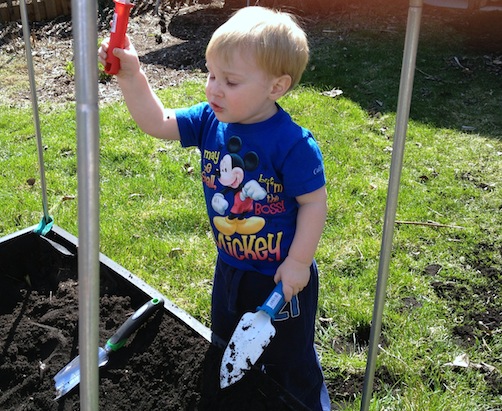By
Katherine Matutes, Ph.D.
Coupled with the fact that more 42% of
the population gets sunburned once a year, it’s easy to see why skin cancers
diagnoses outnumber all other types of cancers combined.
Develop your own sun-smart skin care
routine:
Wear sunscreen every day.
Treat applying sunscreen like your brushing your teeth—it’s just something you do
before you leave the house, every day.
Sunscreen ensures your skin is protected from UV rays during short outings, not
just a day at the pool, and the UVA rays that penetrate glass.
Apply sunscreen at least 30 minutes
prior to going outside, and use sunscreen that has at least 15 SPF.
Know your sunscreen. As SPF
ratings increase, protection increases only minimally. For example, sunscreen
with 15 SPF will block 93% of UVB rays, while a 30 SPF sunscreen blocks 97%. (SPF
rankings indicate only the percentage of UVB rays blocked. UVB is the chief
cause of sunburn and plays a key role in the development of skin cancer. Most
of us are exposed to large amounts of less intense of UVA rays, which are
present during all daylight hours all year; protection requires such specific
ingredients as
avobenzone, oxybenzone,
titanium dioxide, sulisobenzone,
or zinc oxide.)
Reapply sunscreen every 2 hours
and shade highly exposed areas (nose, ears, cheeks and back of the neck) with
hats or scarves when possible.
Minimize sun exposure during
the peak sun hours of the day, 10 a.m.to
4 p.m.
4 p.m.
Protect sensitive skin
with children’s sunscreens, which use less irritating ingredients such as titanium
dioxide and zinc oxide. Unlike chemical ingredients, these protect the skin
without being absorbed.
Know that medications can
increase your skin’s sensitivity to sunlight. Ask your pharmacist or doctor
about this possible side effect.

More About Katherine Matutes, PhD






